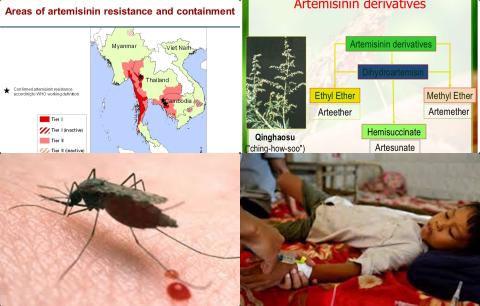
Objectives:
Malaria parasites have developed resistance to most of the known antimalarial drugs in clinical practice, with reports of artemisinin resistance emerging in South East Asia (SEA). Therefore, this review article (meta-analysis) has been conducted.
The aim of this review article is find the status of artemisinin resistance and efficacy of different modalities of the current artemisinin-based combination therapies (ACTs).
Study design:
This review article included 82 studies for qualitative and quantitative analysis.
Results and conclusions:
The investigators found artemisinin resistance was only reported in South East Asia. K13 mutation C580Y was the most abundant mutation associated with resistance having an abundance of 63.1% among all K13 mutations reported.
The investigators found although the overall network meta-analysis had shown good performance of dihydroartemisinin piperaquine in the early years, a subgroup analysis of the recent years revealed a poor performance of the drug in relation to recrudescence, clinical failure and parasitological failure especially in the artemisinin resistant regions.
The investigators concluded with report of high resistance and treatment failure against the leading artemisinin combination therapy in South East Asia, it is imperative that a new drug or a formulation is developed before further spread of resistance.
Original title:
Efficacy and resistance of different artemisinin-based combination therapies: a systematic review and network meta-analysis by Mathenge PG, Low SK, […], Hirayama K.
Link:
https://www.ncbi.nlm.nih.gov/pubmed/31015034
Additional information of El Mondo:
Find more information/studies on food fortification/malnutrition and malaria right here.